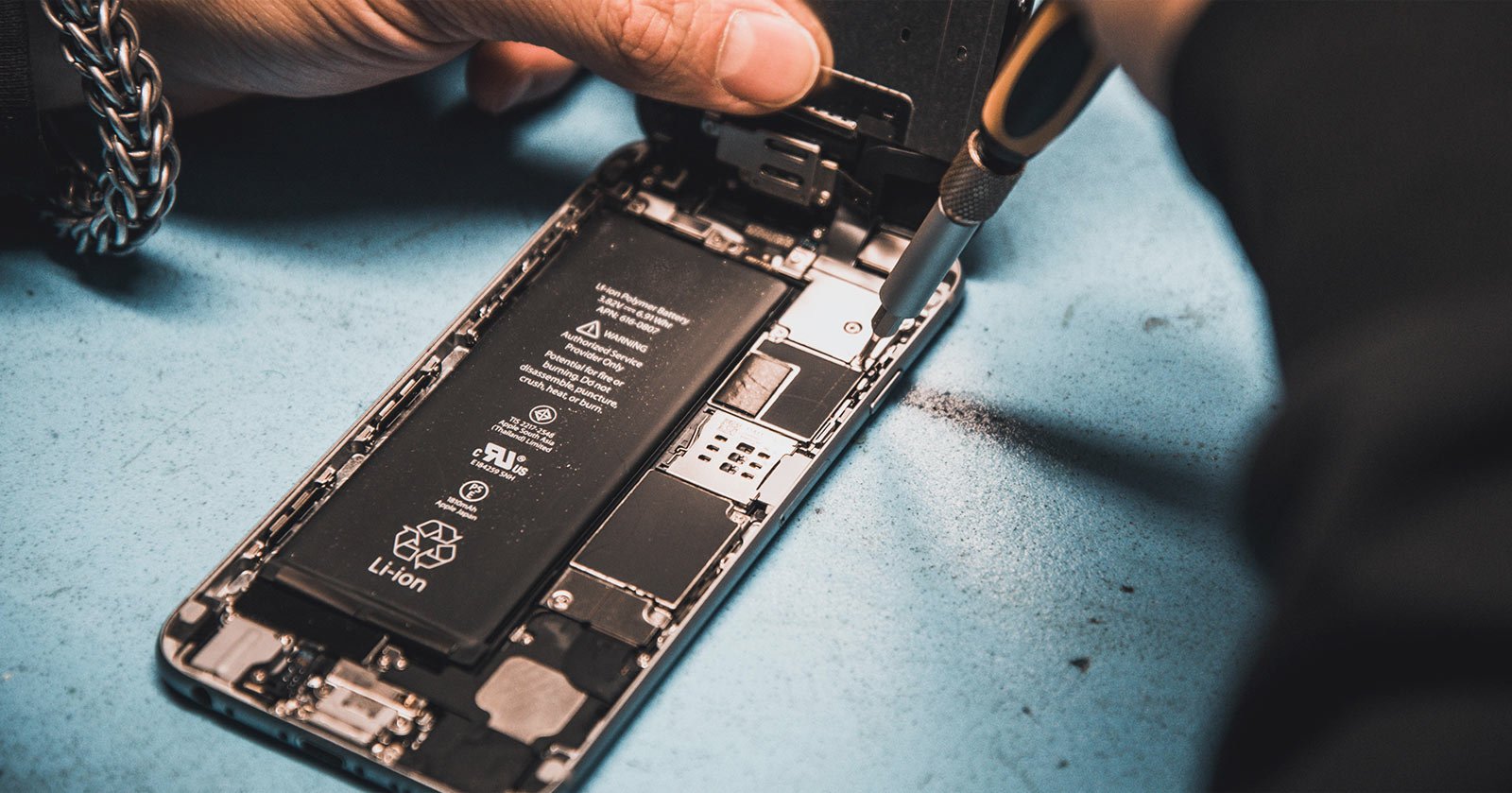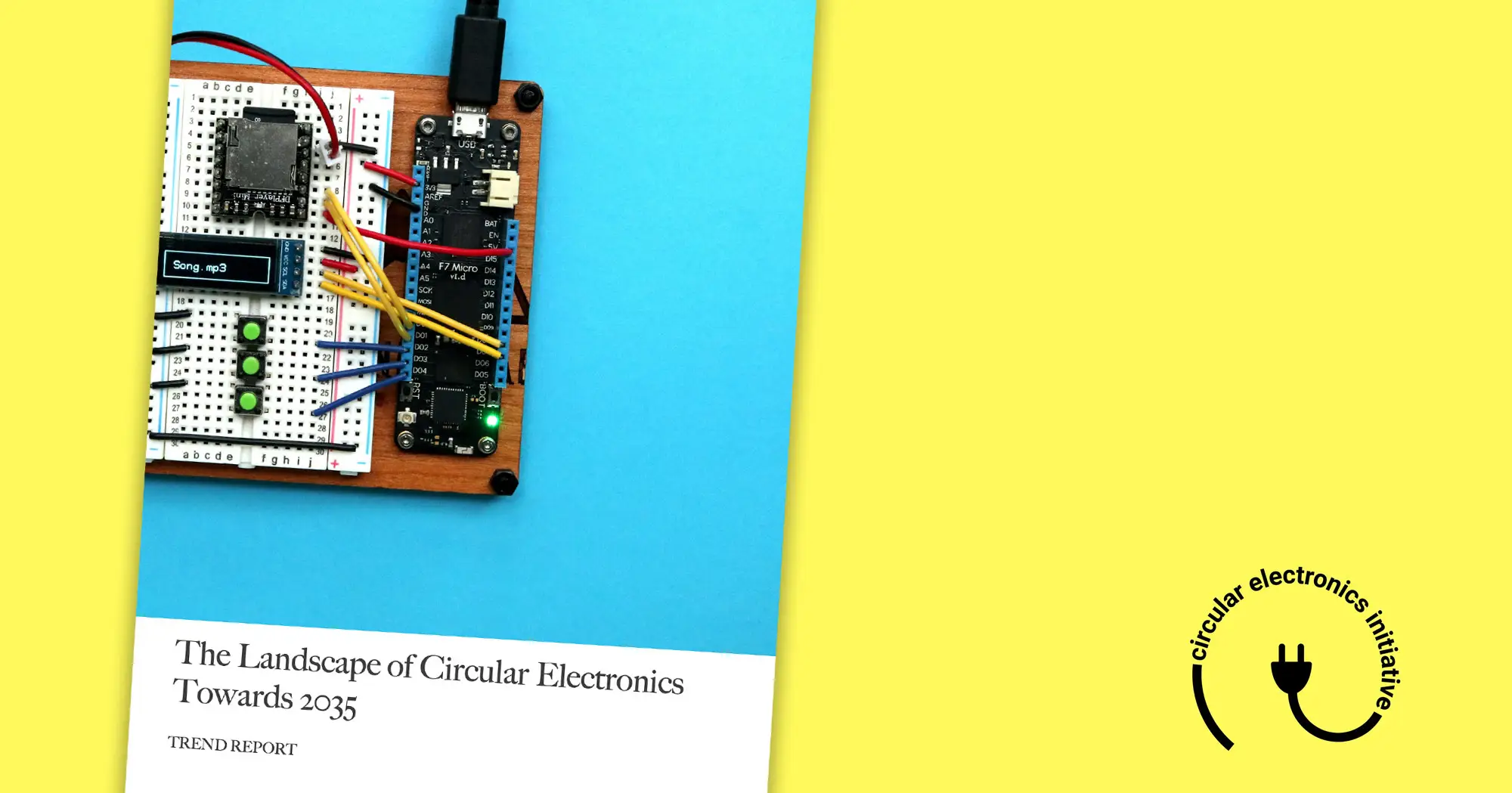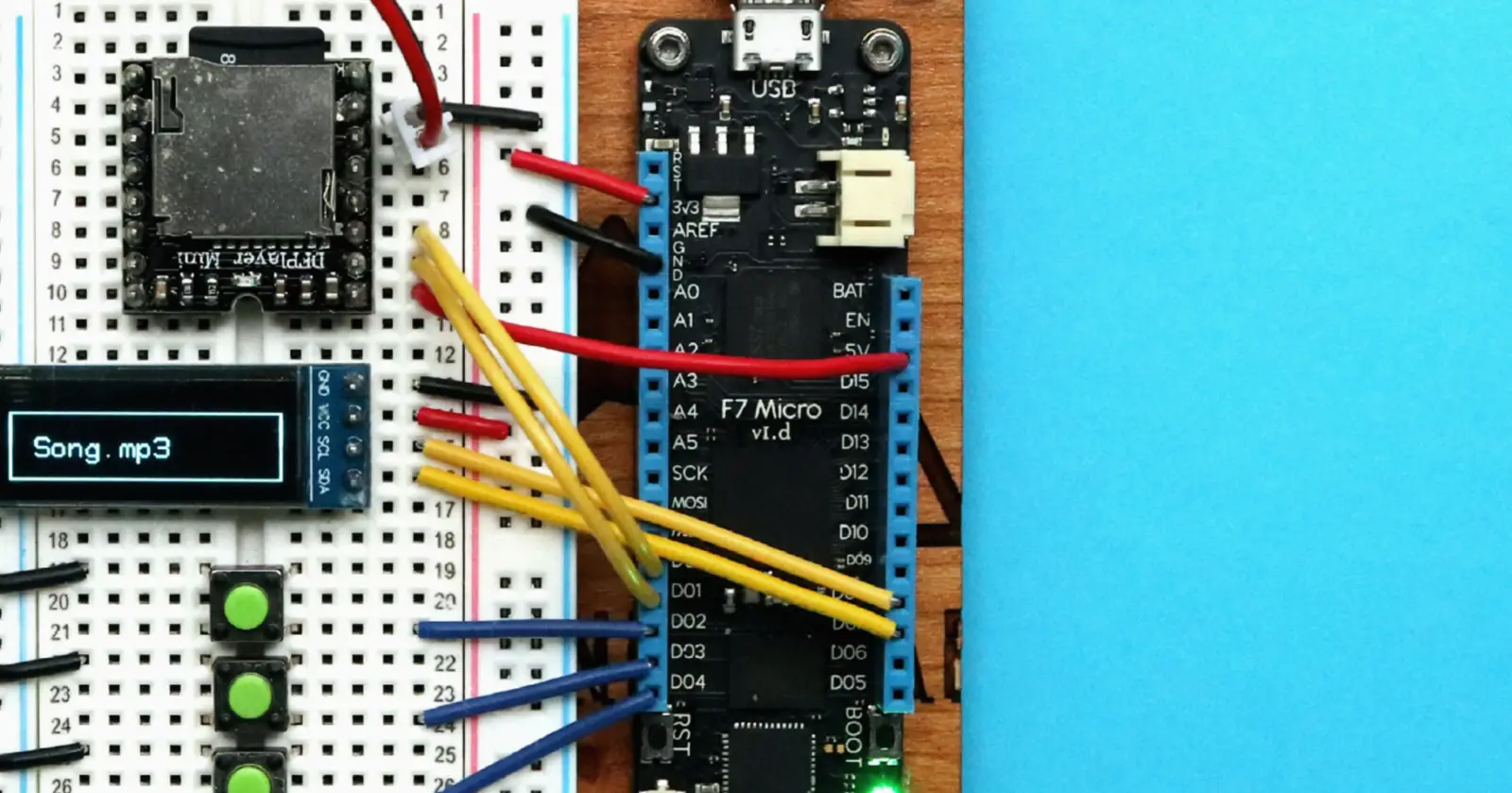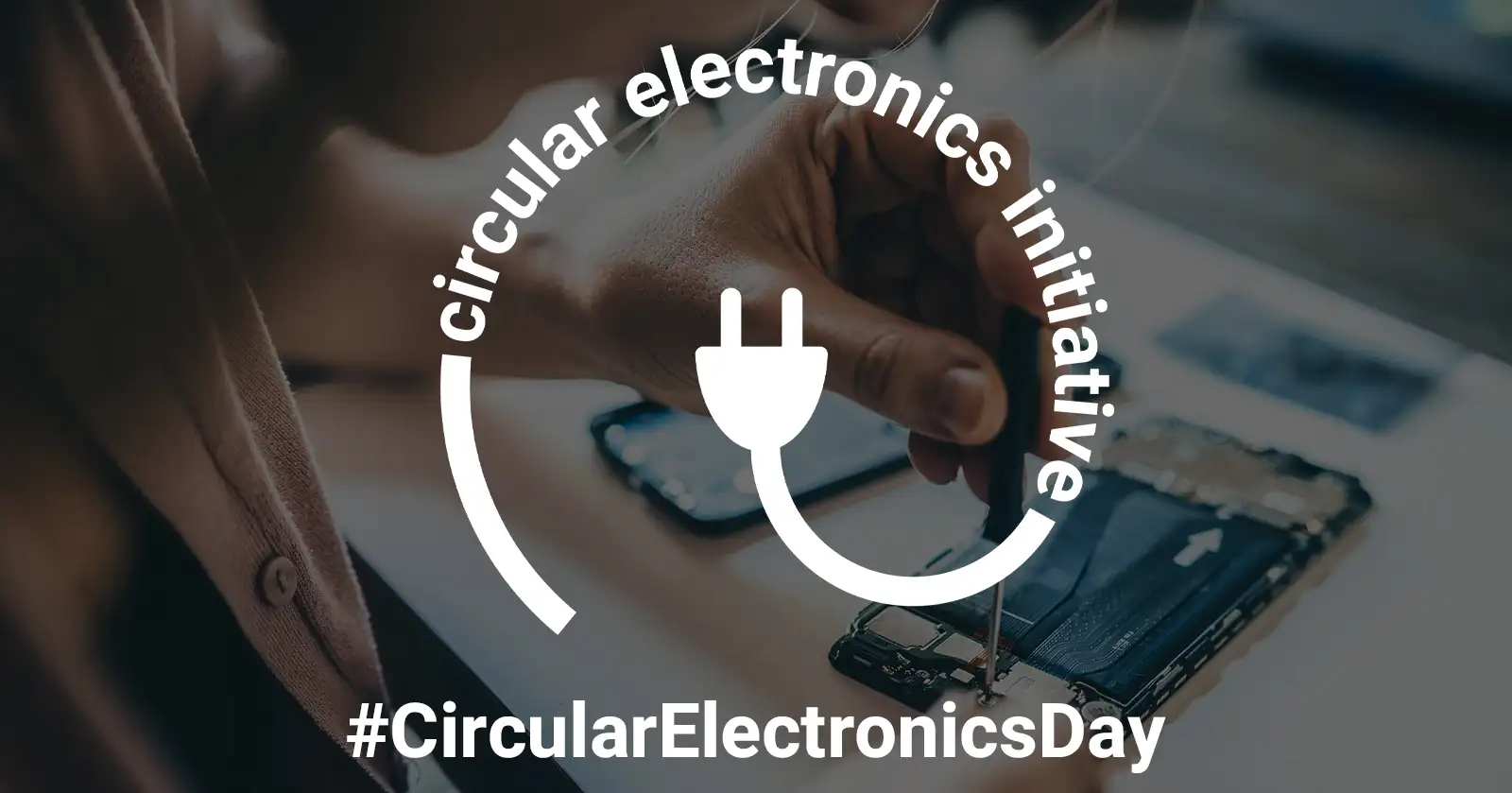Johan Brändström PhD student in Circular Economy and support at 3stepIT outlines the importance of progress evaluation and lifecycle perspective on IT equipment.
This case is part of the Circular Electronics Day 2021 best practices series. Multiple organizations stand behind this initiative that takes place on January 24 with the aim to encourage organizations and consumers to take a more responsible approach to electronics.
What is sustainable IT management for you?
The word sustainable is often used in situations where it should not. To avoid greenwashing it is important to clarify what we are talking about when using that word.
IT equipment mainly consists of technical material (metals, plastics, minerals), which are non-renewable. That means that every computer and phone that is produced from virgin material contributes to the extraction of a limited resource in addition to the pollution it causes. From a planetary perspective, not extracting any new materials would be the best.
There are basically two end-goals to achieve environmental sustainability, just as in every sector. Ensuring ecosystem balance and resource availability for future generations. To achieve this, current extraction rates must be reduced substantially. By using the theories of circular economy throughout the whole life cycle, this can be accomplished.
How can circular economy be used to make IT management sustainable?
There is no single solution to solving over-consumption and production. Many actors must be involved and both technical, organizational, behavioral and economic solutions must be applied. Nevertheless, there are two insights I would like to give extra attention to:
- Evaluate progress by measuring and benchmarking environmental performance.
- Create overall strategies across all steps in the value chain to reduce extraction and waste creation rates.
These two insights can be applied as guidelines both on company level and national level for business management and policymaking. Developing these insights lead to another realization: Working with material efficiency and prolonging lifetime is not enough to be sustainable. New mindsets when designing, selling and consuming are also required to make IT management sustainable.
For more information about the advantages and opportunities with circular economy, you can read the guide to circular economy.
Why have you chosen to collaborate with them 3stepIT?
As a researcher in circular economy, it is rare to find companies that implement ideas of circularity in their business models. It is even more rare to have a systemic view on resource management. Aside from knowing two like-minded friends at the company, 3stepIT’s ability to put multiple theories of circularity into practice is what makes me want to collaborate with the company.
About 3stepIT
3stepIT is a Technology Lifecycle Management provider with an ambition to reduce e-waste and global emissions by helping businesses to consume technology more sustainably. 3stepIT offers an end-to-end approach to acquiring, managing and refreshing IT devices that is cost-efficient, convenient and environmentally friendly.





